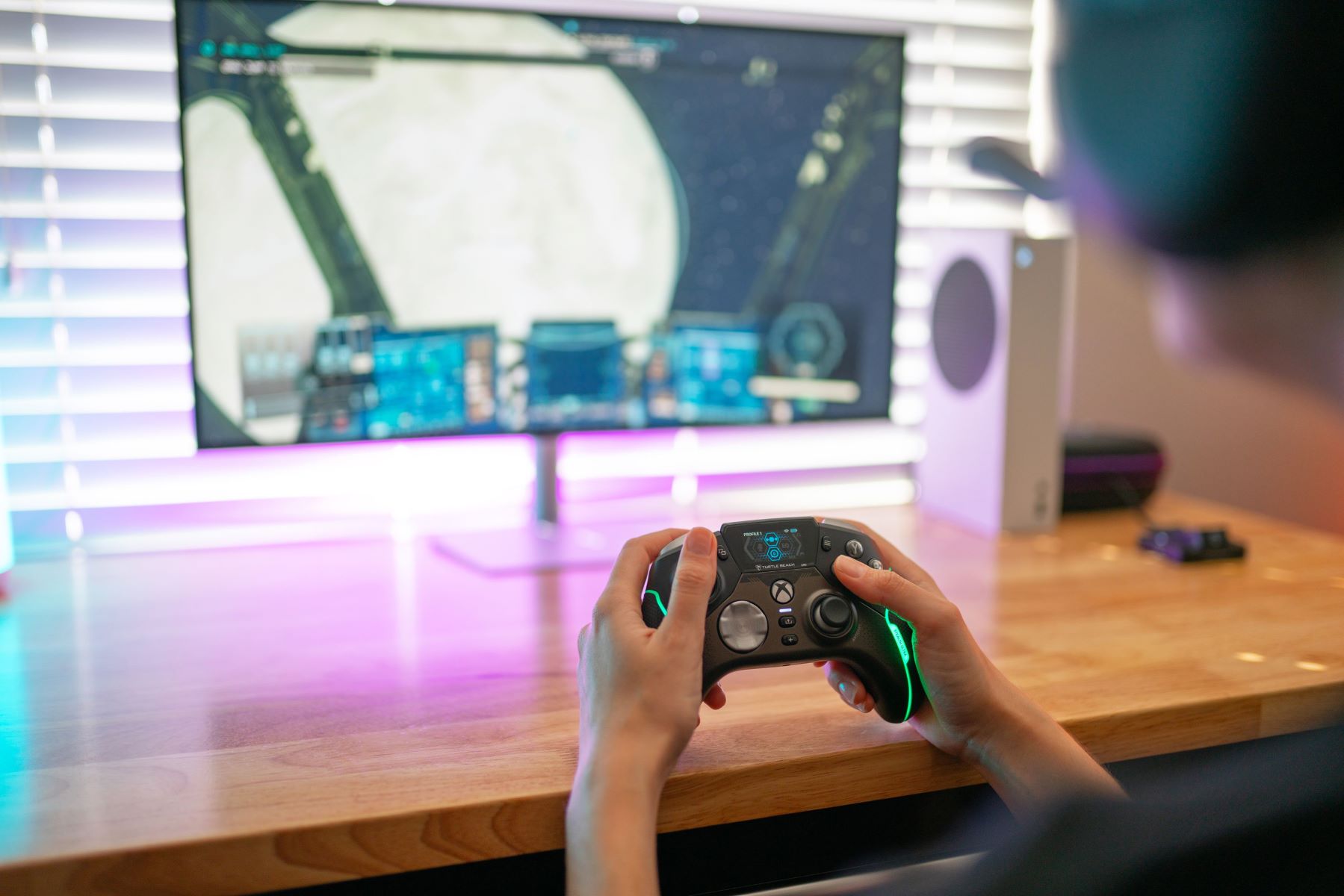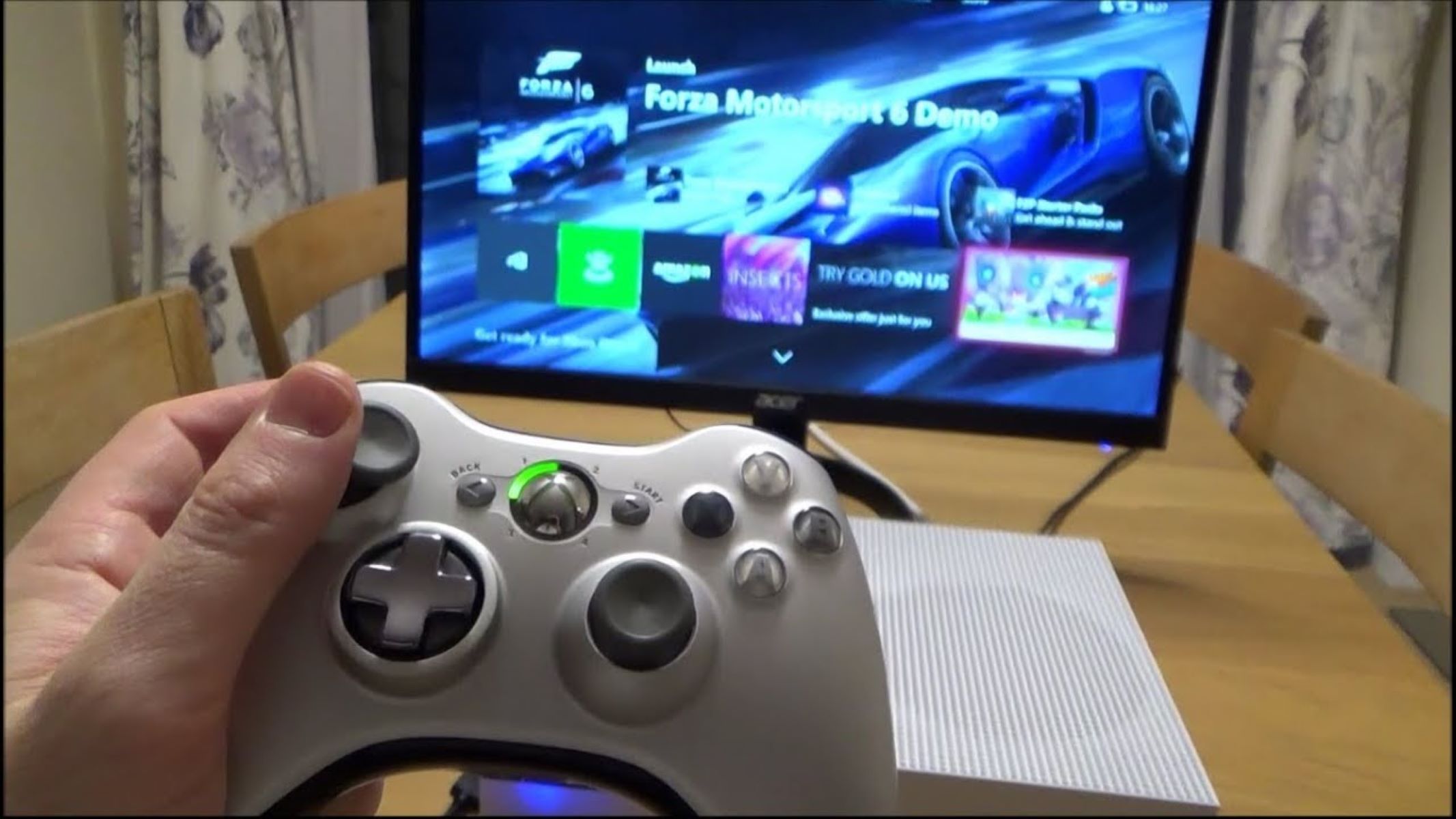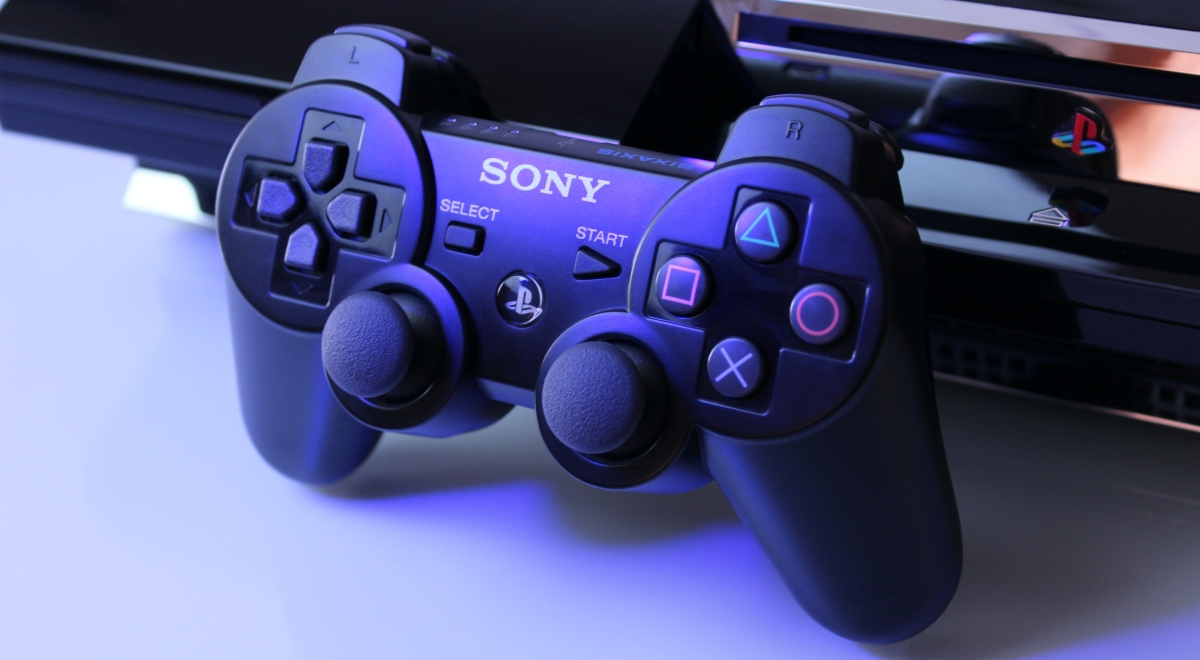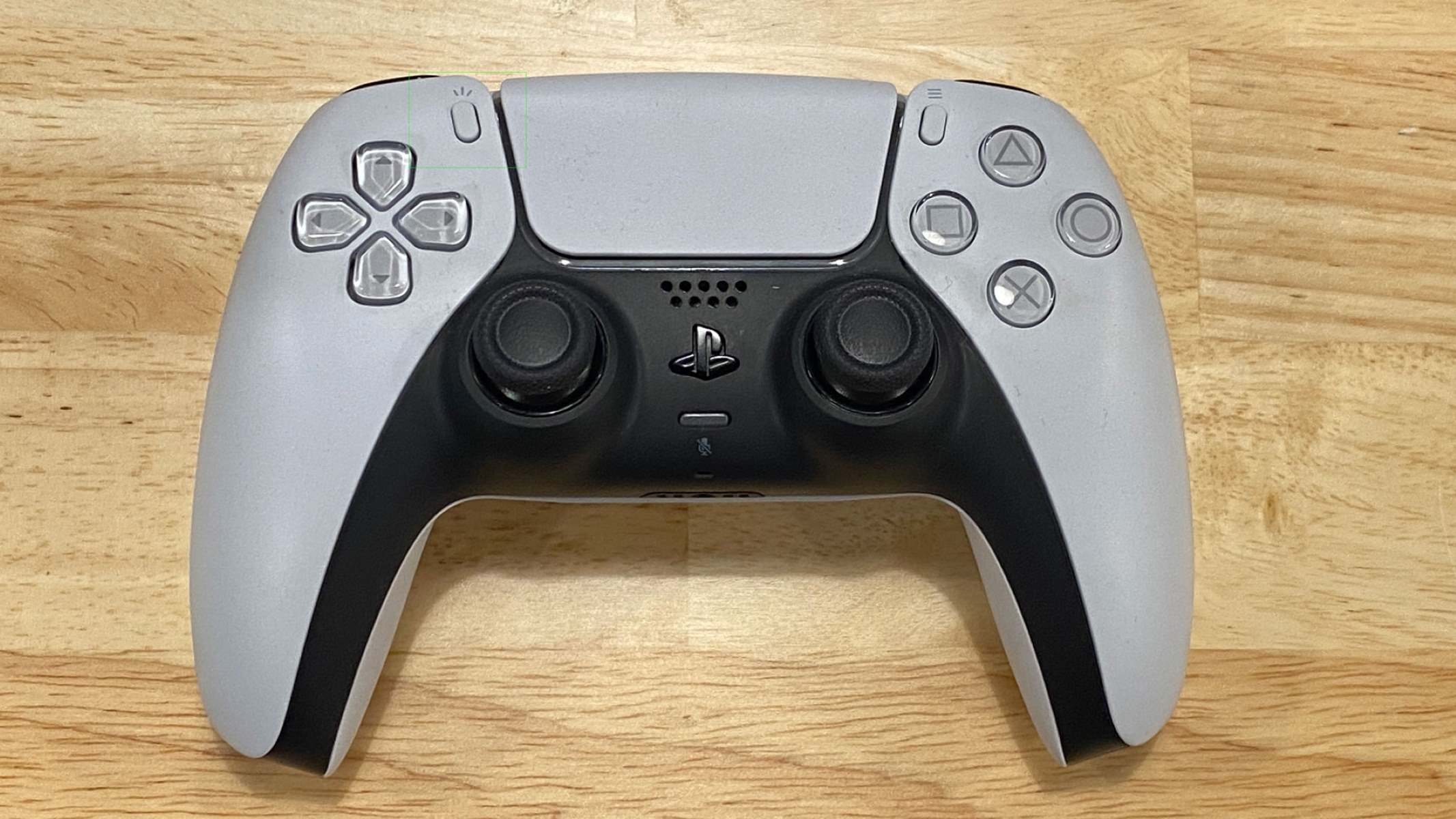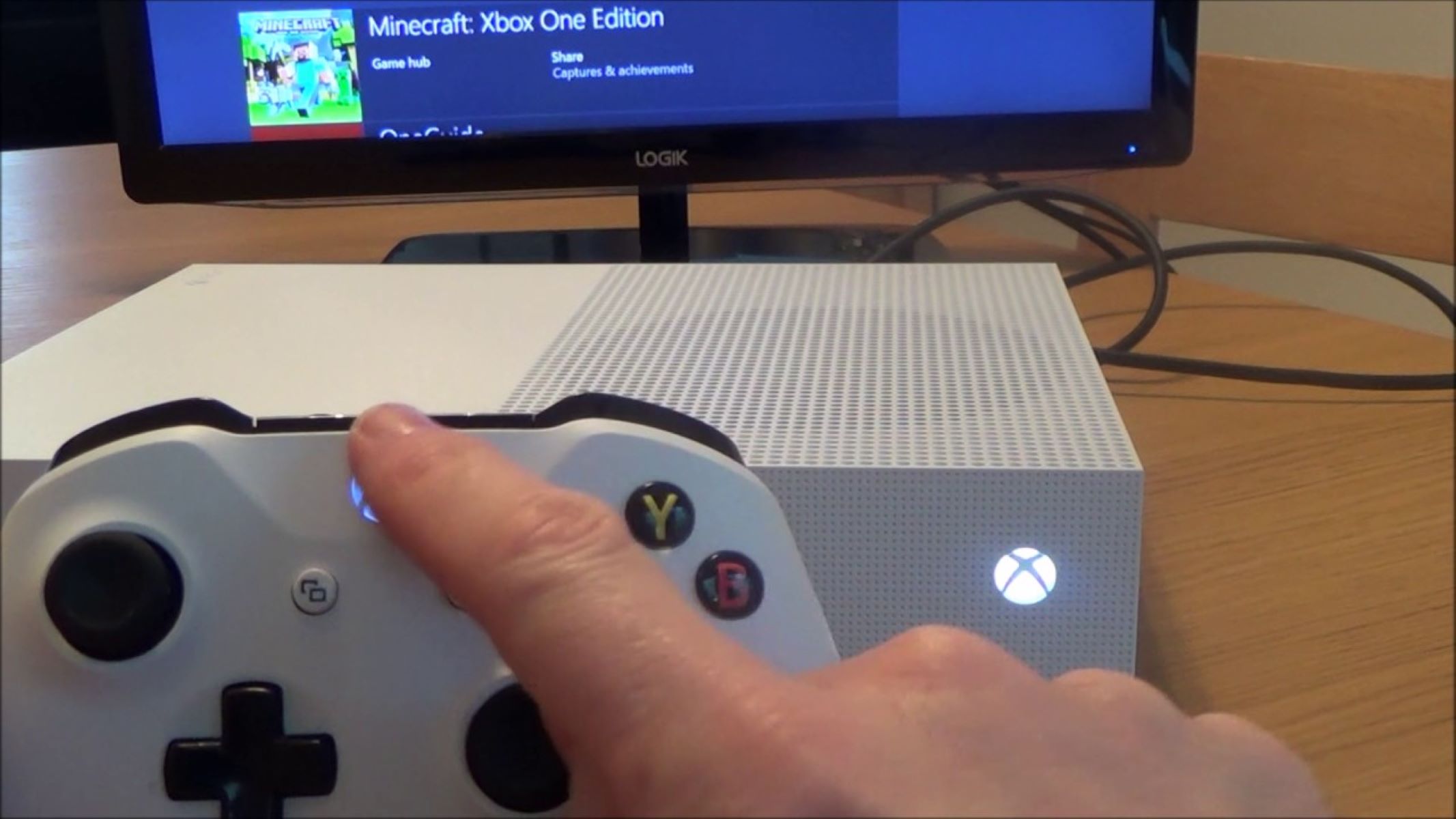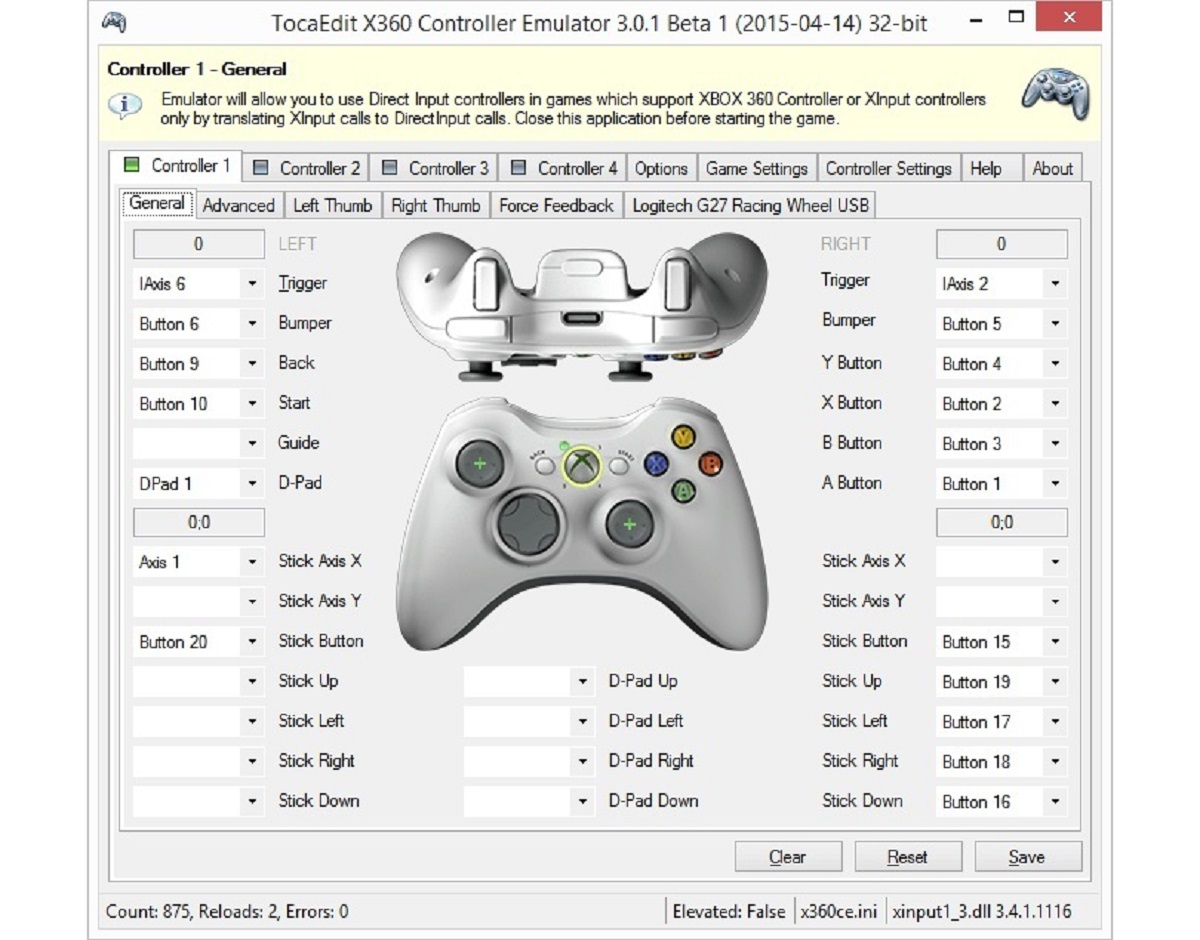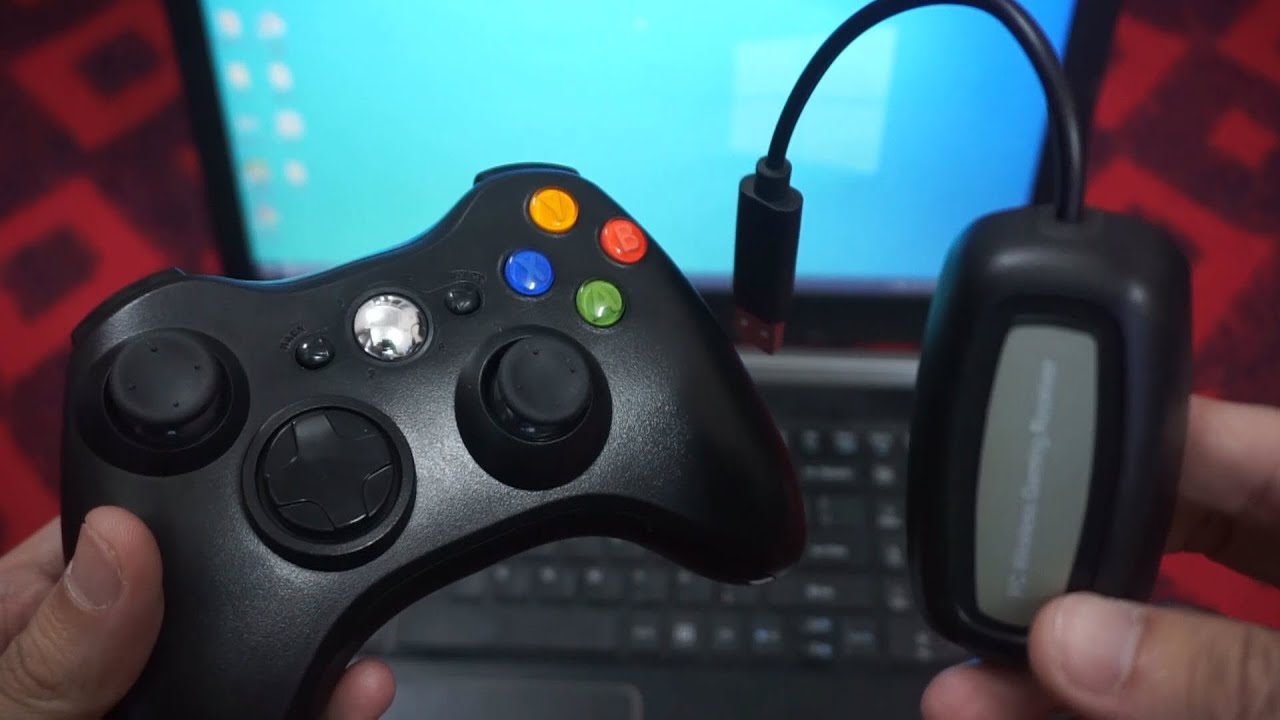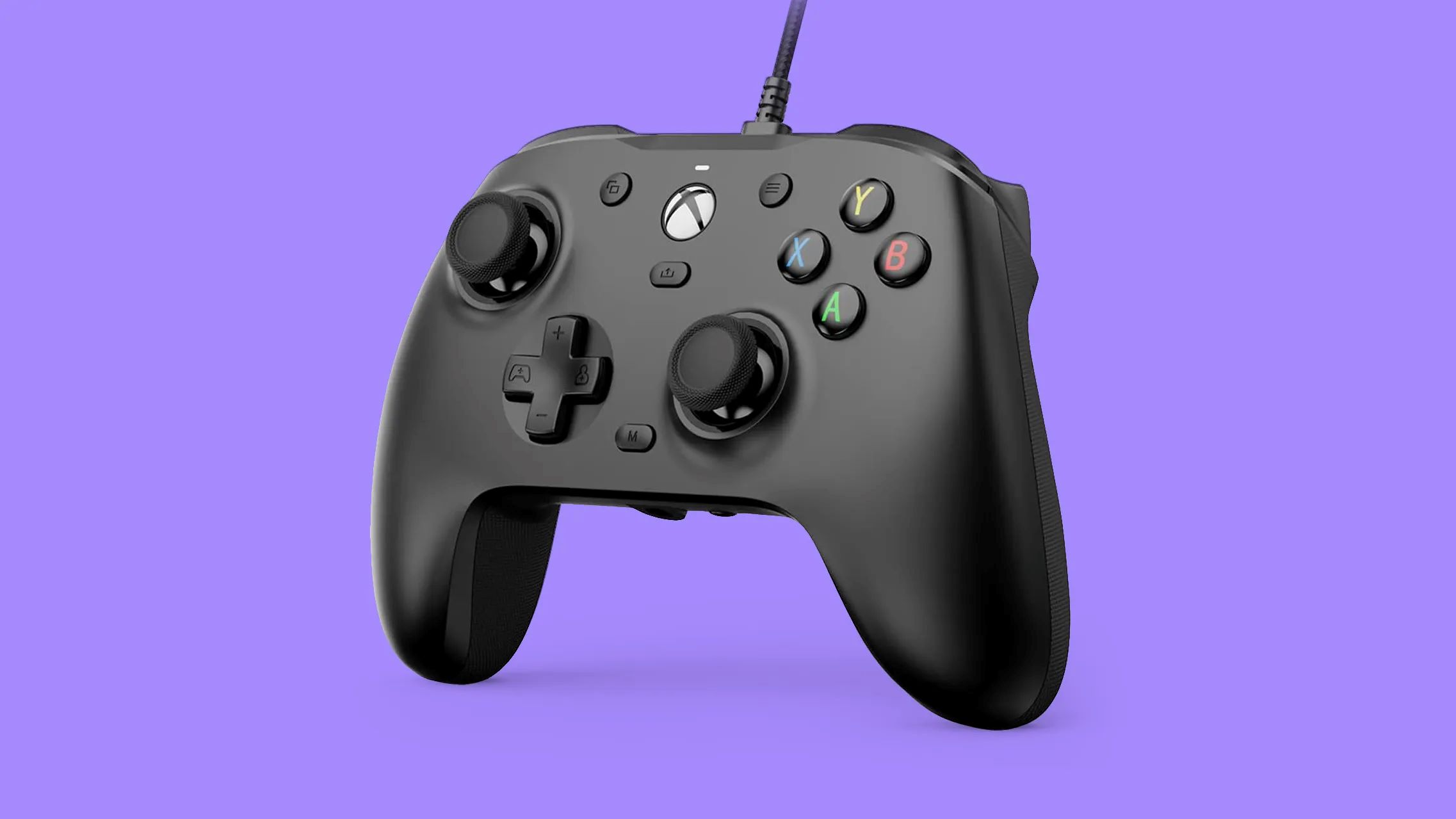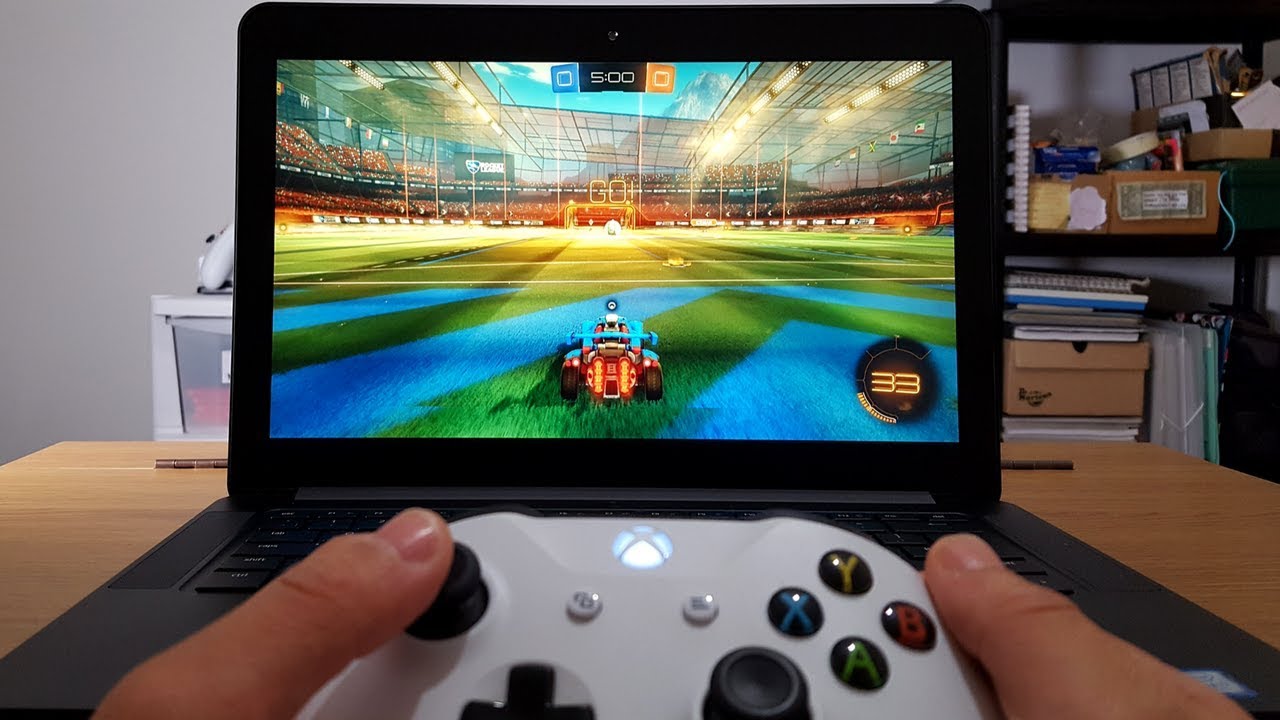Introduction
Introduction
Are you eager to dive into the world of PC gaming with your newly acquired game controller, but uncertain about how to ensure it works seamlessly with your system? Fear not, as this comprehensive guide will walk you through the process of testing your game controller on your PC. Whether you're a seasoned gamer or a newcomer to the PC gaming community, understanding the steps to verify your controller's functionality is crucial for an optimal gaming experience.
In the following sections, we will cover the necessary steps to determine the compatibility of your game controller with your PC, how to connect the controller to your system, and finally, how to test its functionality within your favorite games. Additionally, we will address common troubleshooting issues that may arise during this process, ensuring that you can swiftly resolve any potential obstacles.
By the end of this guide, you will possess the knowledge and confidence to assess, connect, and utilize your game controller effectively on your PC, allowing you to immerse yourself in the captivating world of PC gaming without any hindrances.
Let's embark on this enlightening journey to ensure your game controller is ready to enhance your gaming adventures on your PC.
Checking for Compatibility
Before delving into the process of connecting and testing your game controller on your PC, it is essential to confirm its compatibility with your system. Not all game controllers are universally compatible with PCs, and ensuring that your specific controller is suitable for use with your computer is the first step in this process.
Here are the key aspects to consider when checking for compatibility:
- Operating System Compatibility: Verify that your game controller is compatible with the operating system of your PC. Most modern game controllers are designed to work with Windows-based systems, but it is crucial to ensure compatibility with your specific version of Windows, whether it is Windows 7, 8, 10, or later.
- Connection Interface: Determine the connection interface of your game controller. Some controllers use USB connections, while others may utilize wireless connectivity via Bluetooth or proprietary wireless adapters. Ensure that your PC supports the connection interface of your controller.
- Driver Installation: Check if your game controller requires specific drivers to function with your PC. Manufacturers often provide driver software that needs to be installed on your system to enable seamless communication between the controller and your PC.
Once you have confirmed the compatibility of your game controller with your PC based on the aforementioned factors, you can proceed with confidence to the next crucial step: connecting the controller to your PC.
Connecting the Controller to Your PC
Now that you have verified the compatibility of your game controller with your PC, the next step is to establish a physical or wireless connection between the controller and your computer. Depending on the type of controller and its connectivity options, the process may vary. Below are the general steps to connect your game controller to your PC:
- USB Connection: If your game controller utilizes a USB connection, simply plug the USB cable into an available USB port on your PC. Windows will automatically detect the controller and, in most cases, install the necessary drivers. Once the controller is connected, it should be ready for use in supported games.
- Wireless Connection: For controllers that support wireless connectivity, such as Bluetooth-enabled controllers, you will need to pair the controller with your PC. Ensure that your PC has Bluetooth capability, and then follow the specific pairing instructions provided by the controller’s manufacturer. This may involve putting the controller into pairing mode and searching for it via your PC’s Bluetooth settings.
- Driver Installation: In some cases, you may need to install additional drivers for your controller, especially if it requires proprietary software to function optimally. Visit the manufacturer’s website to download and install the required drivers, following their instructions for a seamless installation process.
Upon successfully connecting your game controller to your PC, it is crucial to ensure that the system recognizes the controller and that it is functioning as intended. Once the physical or wireless connection is established, you are ready to proceed to the exciting phase of testing the controller within your favorite games.
Testing the Controller in Game
With your game controller successfully connected to your PC, it’s time to put it to the test in your favorite games. Whether you enjoy the adrenaline of action-packed shooters, the strategic depth of role-playing games, or the thrill of sports simulations, your controller should seamlessly integrate with the gaming experience. Here’s how to test the functionality of your controller in-game:
- Launch a Supported Game: Start by launching a game that is compatible with game controllers. Most modern PC games provide native support for popular controllers, allowing you to seamlessly use them without additional configuration. Ensure that the game you choose explicitly supports game controllers to maximize the experience.
- Controller Configuration: Once in the game, navigate to the settings or options menu to locate the controller configuration settings. Here, you can customize button mappings, sensitivity, and other controller-specific preferences to suit your playstyle. Make any necessary adjustments to optimize the controller’s performance within the game.
- Gameplay Testing: Engage in gameplay using your game controller to assess its responsiveness, accuracy, and overall comfort. Test various in-game actions, such as movement, aiming, and interaction, to ensure that the controller functions as expected. Pay attention to any latency or input lag, as these factors can significantly impact the gaming experience.
During the testing phase, take note of any issues or anomalies with the controller’s behavior in-game. This may include unresponsive buttons, erratic movement, or unexpected input delays. Identifying and addressing these issues early on will contribute to a smoother and more enjoyable gaming experience.
By thoroughly evaluating the performance of your game controller in-game, you can fine-tune its settings and address any potential issues, ultimately ensuring that it enhances your gaming endeavors on your PC.
Troubleshooting Common Issues
While testing your game controller on your PC, you may encounter common issues that can hinder the seamless functionality of the controller within games. Identifying and troubleshooting these issues is essential to ensure a smooth gaming experience. Here are some common issues and their potential solutions:
- Driver Issues: If your game controller is not recognized or fails to function properly in-game, it may indicate a driver-related problem. Reinstalling or updating the controller’s drivers can often resolve compatibility and performance issues. Visit the manufacturer’s website to download the latest drivers and follow the installation instructions to ensure optimal functionality.
- Connection Problems: For wireless controllers, connectivity issues can arise, leading to input lag or intermittent disconnection during gameplay. Ensure that the controller’s batteries are fully charged or replace them if necessary. Additionally, minimize potential sources of wireless interference, such as other electronic devices, to stabilize the connection.
- Calibration and Sensitivity: Inaccurate or overly sensitive control inputs can impact gameplay. Access the controller settings within the game or through the system’s control panel to recalibrate and adjust the sensitivity of the controller’s analog sticks and triggers. Fine-tuning these settings can enhance precision and responsiveness.
- Compatibility with Specific Games: Some games may have limited or inconsistent support for certain controllers. Check the game’s community forums or official support channels to determine if there are known compatibility issues with your specific controller model. In some cases, community-created mods or patches may address these compatibility limitations.
By addressing these common issues proactively, you can optimize the performance of your game controller and mitigate potential obstacles that may arise during gameplay. Additionally, staying informed about software updates, firmware releases, and community-driven solutions can contribute to a more rewarding gaming experience with your controller on your PC.







